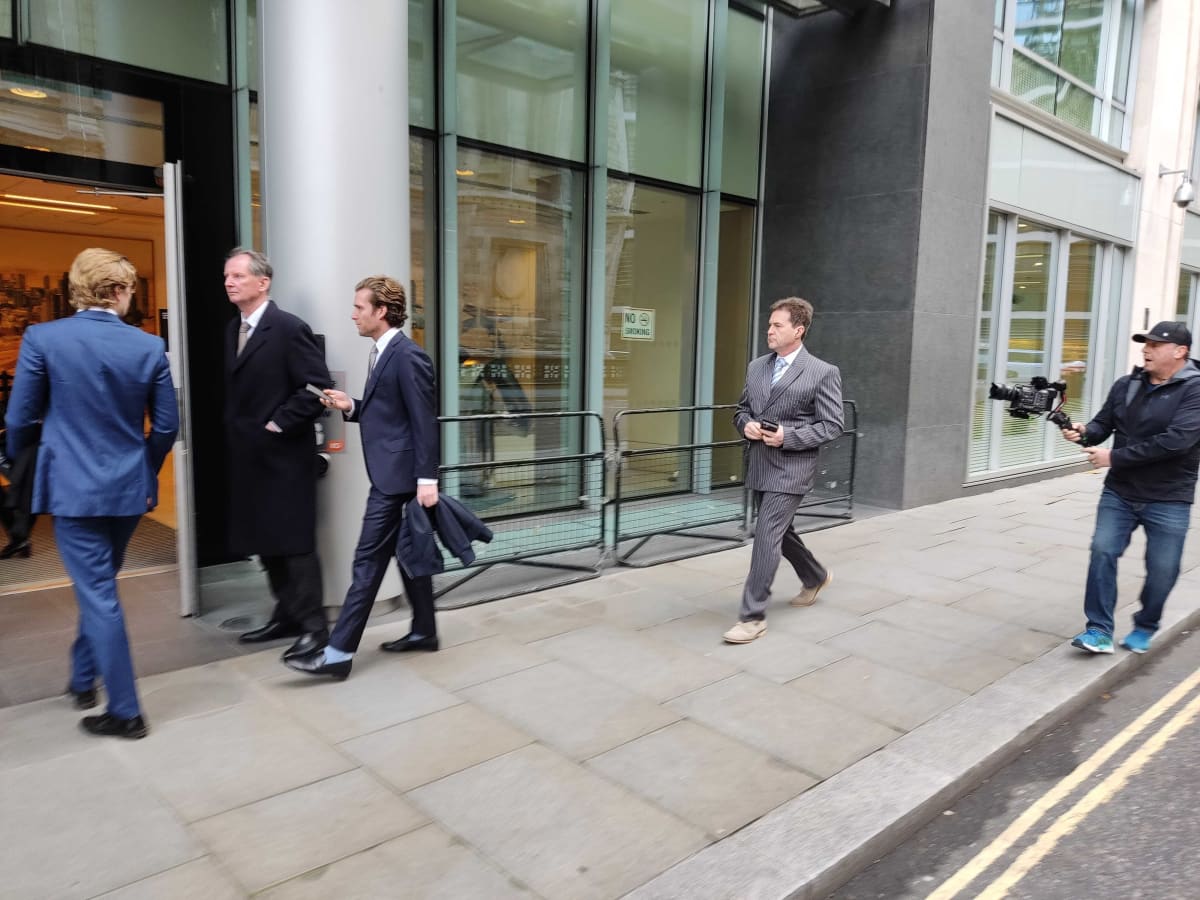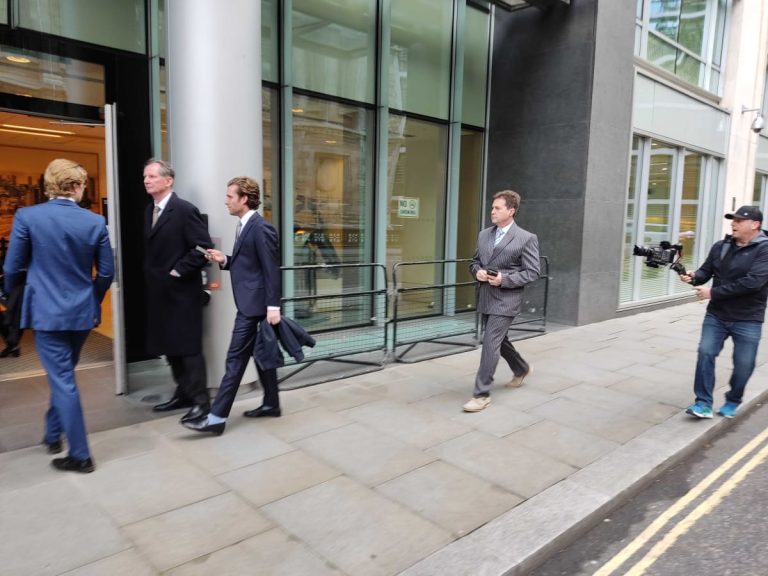
Forged documents, outdated evidence and false statements. According to the Cryptocurrency Open Patent Alliance (COPA), Craig Steven Wright has filed all of this over the past years in an attempt to prove that he is Satoshi Nakamoto — and the non-profit believes now is the time to put an end to his “shameless act.” Lie.” On the first day of COPA’s trial against Wright in London, COPA delivered its opening statements in what would be a weeks-long effort to stop Wright’s controversial behavior once and for all.
The trial is particularly important because it will impact a number of upcoming court cases, perhaps most importantly including Wright's lawsuit against several Bitcoin Core contributors. If Cuban Law is able to prove that Wright is not Satoshi Nakamoto, he is unlikely to stand a chance in these cases. But if a High Court judge rules that Wright is in fact the creator of Bitcoin, it could ultimately result in the Australian computer scientist obtaining a copyright on the Bitcoin whitepaper and source code, which could severely stifle Bitcoin's development process. Indeed, Wright's actions seem to have had a somewhat chilling effect on the open source development community.
The list of apparent deception provided by COPA is long and, in some cases, somewhat technical: digital forensics pointing to Wright's old documents and forged files, as well as evidence that he used software that Satoshi Nakamoto could not have used. In other cases, the anachronism seems downright blatant, such as the handwritten note about testing Bitcoin's EdDSA signatures: The signature algorithm was only introduced in 2011, more than two years after Bitcoin's source code was published.
Wright's defense – who did not speak himself today – in turn claimed that their client shared Satoshi Nakamoto's philosophy as well as the skill set the inventor of Bitcoin was supposed to possess. Combined with eyewitness accounts of Wright signing encrypted data with keys that only Satoshi Nakamoto should have, they assert that this makes it likely that their client is really who he says he is. It is plausible that Wright no longer had access to further evidence that would prove his claim, his defense argued, because the Australian had destroyed much of it after a mental breakdown that nearly led him to suicide.
Over the next two weeks, both sides' claims will be further examined, as several expert witnesses – starting with Wright himself – will take turns to give evidence before High Court judge Mr Justice Miller. The trial is expected to continue until March, with a final ruling scheduled to be issued at a later date.
For more details on today's actions, see also these topics Norbert And BitMEX Research.

